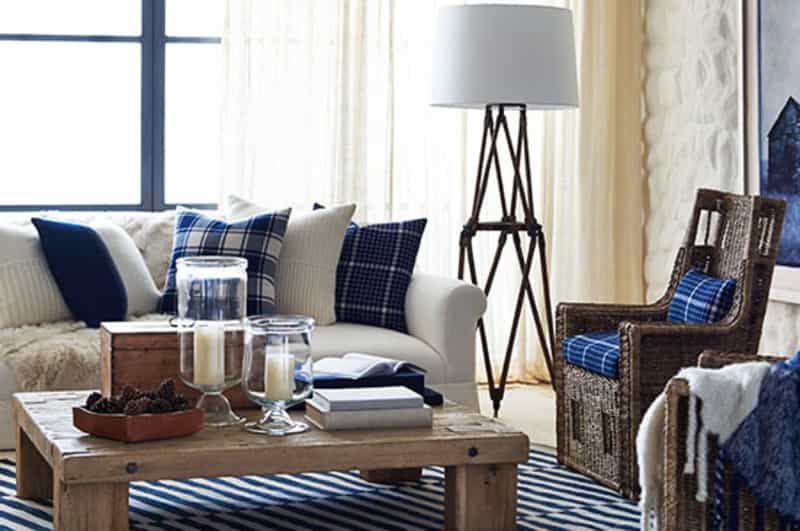In the art of interior design, textiles are any products that are woven or made of fabric. These designer fabrics pieces are utilized in various applications in a room. You’ll find them in design elements such as the following:
- Throw pillows
- Blankets
- Window treatments
- Upholstery
- Wall art
Designing Interiors Using Textiles
Textiles are important to design. Create the ultimate interiors by using them correctly. The following are some tips to help you get started.
Use Fabrics as Inspiration
You might think of textiles as mere accessories and the last design elements to consider. But the opposite is true. Fabrics can serve as an inspiration and provide a colour palette to plan the design of the room. If you are unsure where to start, you might want to examine a rug or accent chair. Even throw pillows made from designer fabrics can provide you with aesthetic direction.
Mix Patterns Instead of Colours
Once you have decided on a colour palette, it will help if you stick to it. Using a bunch of colours in a room can result in a stressful and confusing effect. But it doesn’t mean you have to get stuck with a boring design. You can add visual interest by mixing patterns. Apply multiple patterns and pair solid colours that complement each other in the same pallet.
Layer the Textures
A great way to create visual interest is by utilizing design fabrics that come in various textures. Keep in mind that texture refers to how the fabric looks and feels. Try switching up different textures throughout the room and layering them together to create contrasts.
Fabrics Commonly Used in Interior Design
Rayon
Rayon is one of the fabrics commonly used by interior designers. In many cases, it is used as an alternative for silk. But rayon can get wrinkled easily and should only be used in areas where it won’t be subjected to excessive wear.
Silk
Silk is a luxurious fabric that is a popular choice among designers. It is typically used in homes. Silk adds a rich feel to the interiors and is utilized as upholstery, cushion covers, and bedsheets. Silk is also notable for being soft to the touch and having a lustrous texture. But it is delicate and stains easily. It is only limited to certain applications.
Cotton
Cotton fabric is lightweight and affordable, making it a popular choice among designers. It can be adapted in many areas and can withstand extensive use due to its durability. But similar to silk, it easily stains. Because of this, it is better to opt for a cotton blend rather than pure cotton.
Nylon
Nylon is a fabric that has extensive use. Since it is a synthetic material, it is wear and tear plus fade resistant. Nylon also holds colour well. However, as it is a rather tough and rough material, it is used in blends rather than in its pure form.
Polyester
Polyester is another durable fabric that is typically used in curtains and bedsheets. It can be used in many areas since it is wrinkle resistant. Similar to other synthetic fabrics, it is mostly used as a blend rather than in its pure form.
Conclusion
Fabrics infuse interior spaces, with fresh designs and vivid colours. The technology currently used in the making of designer fabrics guarantees it’s longevity. If you want a speedy solution in designing your interiors, fabrics can help kickstart your journey in creating awe-inspiring rooms.


